Exercise is Medicine® (EIM), a global health initiative managed by the American College of Sports Medicine (ACSM), encourages primary care physicians and other health care providers to include physical activity when designing treatment plans and to refer patients to evidence-based exercise programs and qualified exercise professionals, especially those with the EIM credential.
EIM is committed to the belief that physical activity promotes optimal health, is integral in the prevention and treatment of many medical conditions, and should be regularly assessed and included as part of health care.
Worldwide, it is estimated that physical inactivity causes:
- 6% of the global burden of disease from coronary heart disease;
- 7% of Type II Diabetes; and
- 10% of breast and colon cancer cases.
Inactivity also causes 9% of premature mortality, or more than 5.3 million of the 57 million deaths that occurred worldwide in 2008. On the other hand, regular physical activity:
- reduces mortality and the risk of recurrent breast cancer by approximately 50%.
- reduces the risk of developing Alzheimer’s disease
- lowers the risk of all-cause, cardiovascular, and cancer-specific specific mortality in adults with higher levels of muscle strength
- leads to higher academic performance in children and adults
Despite these health concerns of being physically inactive:
- More than half of U.S. adults (56%) do not meet the recommendations for sufficient physical activity set forth by the 2008 Physical Activity Guidelines for Americans,
- U.S. adolescents and adults spend almost eight hours a day in sedentary behaviors, and
- As much as 36% of adults engaged in no leisure-time PA at all.
Work sites have the potential to influence a great number of adults – many of whom spend the majority of their day sitting. In fact, our working environment is becoming increasingly more sedentary. Since 1950, 30% of Americans worked in high-activity occupations. By 2000, only 22% worked in high-activity occupations. Conversely, the percent of people working in low-activity occupations rose from 23 to 41%. Combined with the added life pressures (i.e. financial responsibilities, family issues) working professionals are finding that regular physical activity outside of the workplace is low on their priority list and often head home at the end of a long day instead of the gym.
Decreasing physical activity leads to reduced workforce output (presenteeism), greater absenteeism (due to illness), and lower physical functionality. Work sites are increasingly becoming more aware of these direct and indirect costs of inactivity, and are seeking out innovative strategies such as bike to work programs, work site wellness initiatives, as well as standing and/or treadmill desk stations.What is the role of EIM in the work setting?
EIM seeks to support these new and innovative work site wellness programs and concepts by providing an additional level of infrastructure to promote physical activity to employees. Many large employers have onsite health care professionals to provide yearly physicals and acute health services for their employees. EIM calls upon work site health care professionals to:
- Assess the physical activity levels of all patients that they see
- Provide information and education on the importance of regular physical activity
- Give a basic exercise prescription (as appropriate)
- Refer employees to existing programs or fitness facilities located at the worksite
- Maintain close communication with onsite exercise professionals about the activity levels of inactive employees
This article has been compiled from website resource: Exercise is Medicine




Facebook Comments